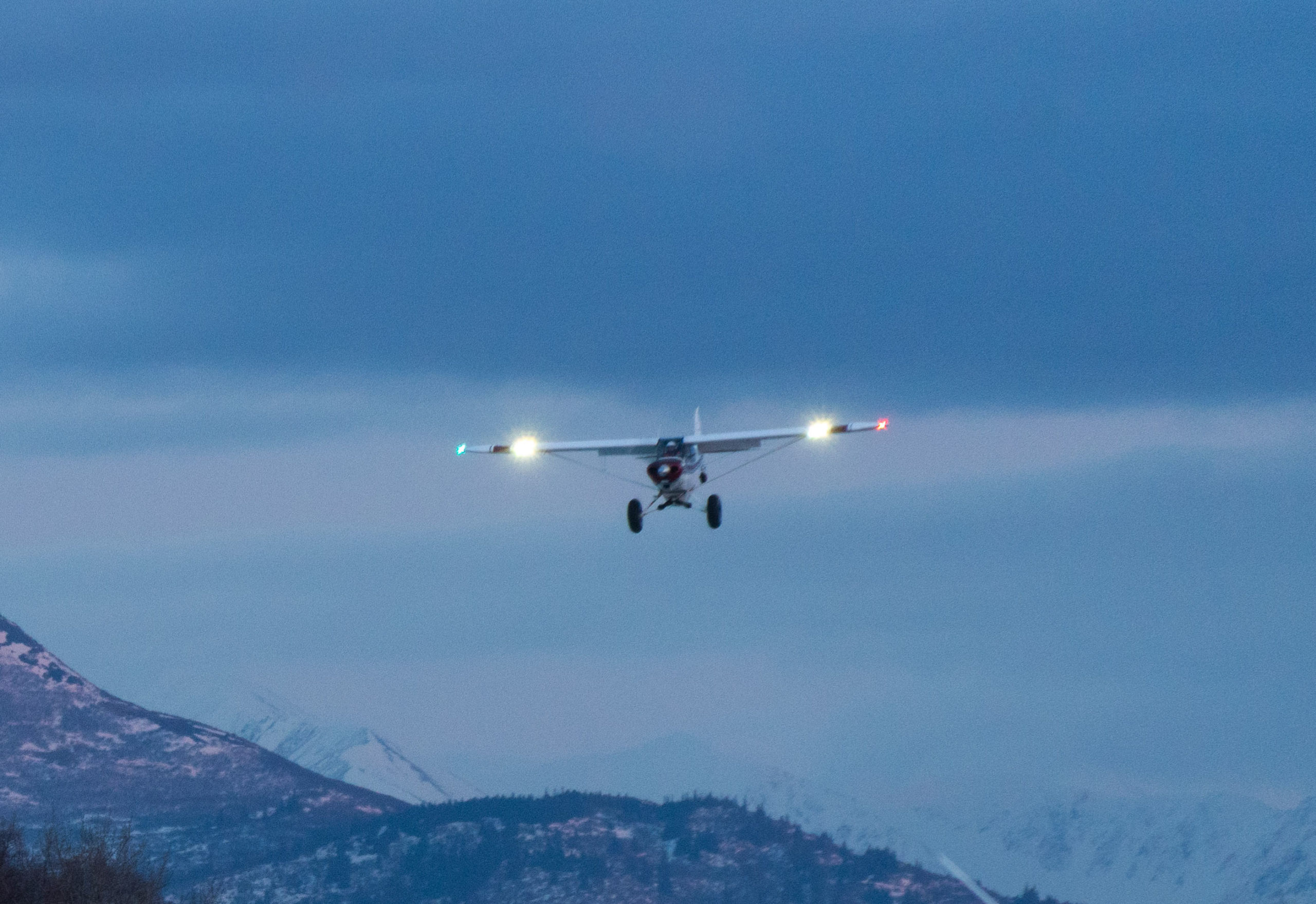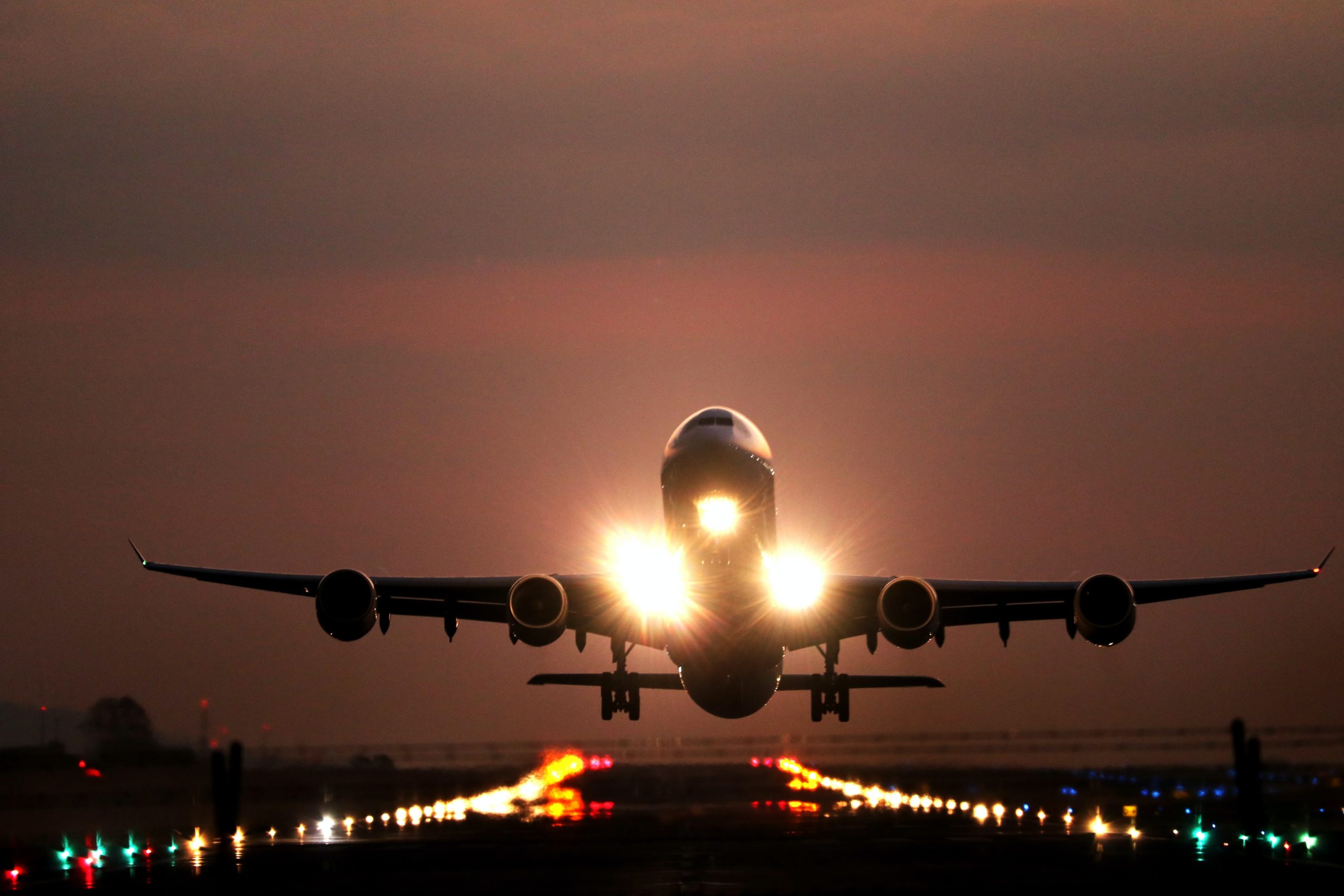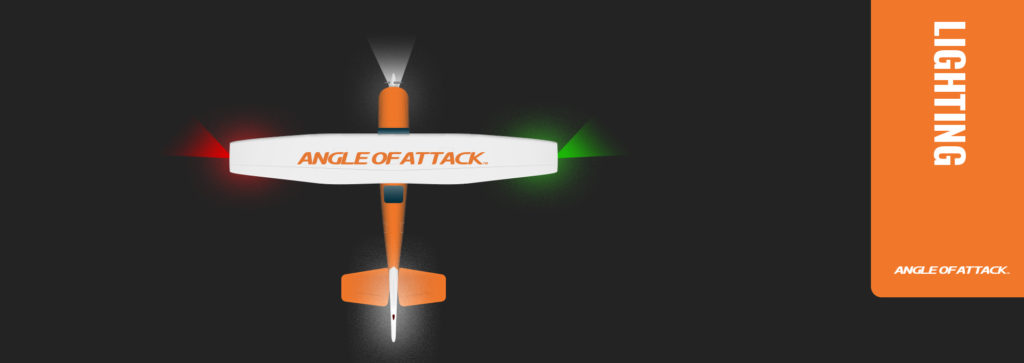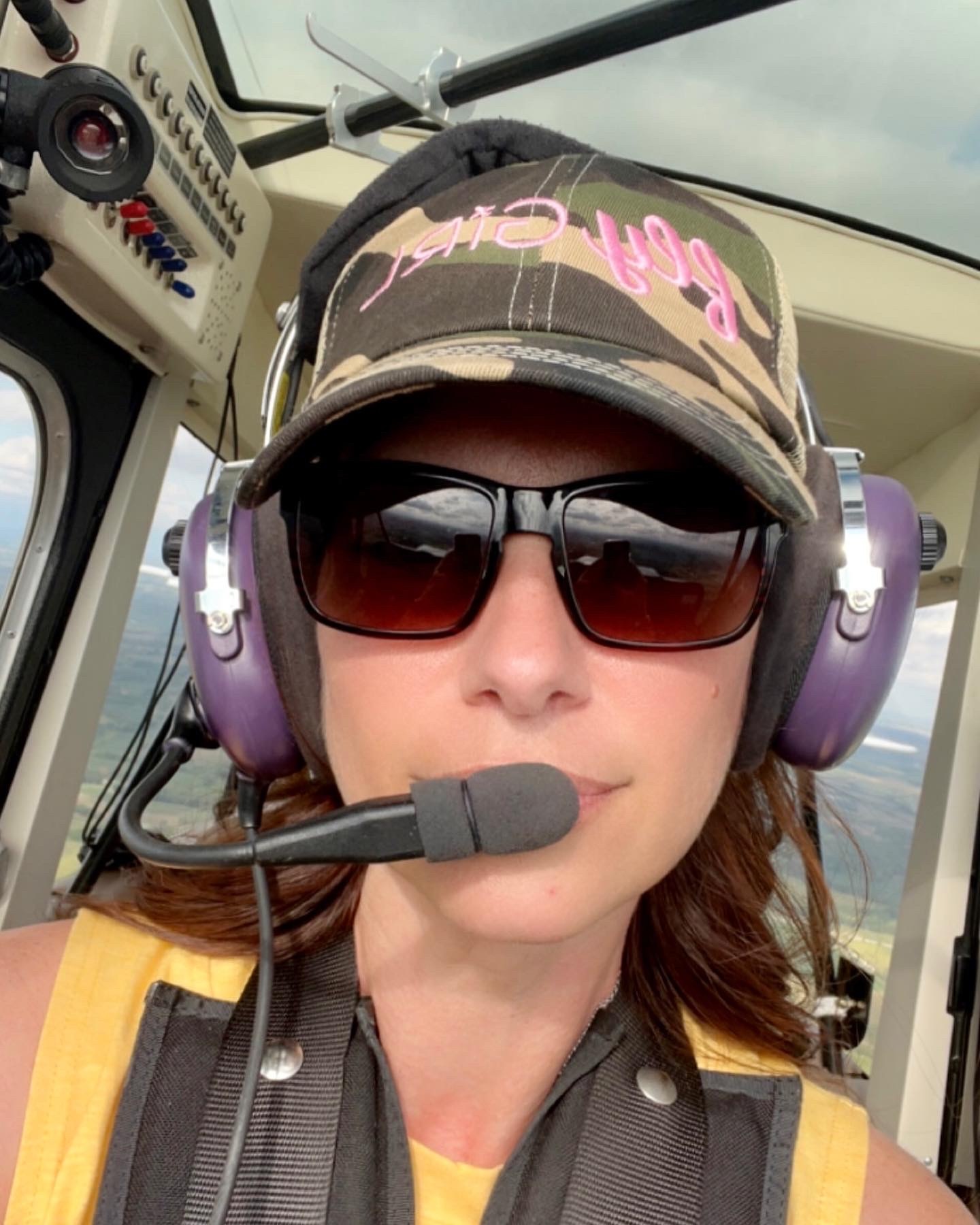
Airplane lights or “external lights” are legal requirements in private and commercial aircraft. These lights come in handy while taxiing on the runway or flying during the hours of darkness at high altitudes. These flashy lights are positioned at different locations along the aircraft’s length and vary with the model and manufacturer. In case you are wondering, most airliners follow an identical pattern.
But why are there so many lights? What do red and green airplane lights indicate? Airplane Lights have three main purposes, read on as we round up all critical information referring to airplane lights, especially if you’re an aspiring private pilot.
What Are The Lights On A Plane Called?
The lights on a plane either take their name from the application they serve or the system. The below lights take their name from the purpose they fulfill on an aircraft. Here are the common airplane lights you’d be familiar with:
- Anti-collision lights
- Navigation lights (or position lights)
- Taxi lights
- Logo lights
- Formation lights
- Searchlights
- Runway Turnoff lights
- Landing lights
- Wing Inspection lights
- Ice Detection Probe lights
Airplane Lights Help Pilots See Outside
Taxi Lights
Installed on the nose gear strut and wings, taxi lights brighten the taxiway to help pilots safely drive to the runway or gate under low visibility at night. Besides, these lights make sure that airliners correctly stop as per their ATC clearance limits. While some aircraft such as Boeing 757 and Boeing 767 feature dedicated taxi lights on their nose gear struts, some models utilize their landing lights at a lower setting for taxiing on the runway.
Runway Turnoff Lights
Runway turnoff lights are often referred to as “special taxi lights” since these illuminate either side of the runway, which typical taxi lights couldn’t. These lights are positioned at either side of the aircraft’s nose and assist the pilots during tight turns on taxiways and high-speed runway exits.
Landing Lights
 If you’re wondering what those insanely bright and gigantic lights on the aircraft’s wings, landing gear, or under the fuselage are called, they are the landing lights. Landing lights are undoubtedly the critical set of lights every airplane is equipped with for runway illumination during takeoff and landing. These are pointed downwards for this purpose and have a very narrow beam. Landing lights use 600-watt bulbs. If turned on when the ground crew is nearby the aircraft, these lights can severely harm their eyes.
If you’re wondering what those insanely bright and gigantic lights on the aircraft’s wings, landing gear, or under the fuselage are called, they are the landing lights. Landing lights are undoubtedly the critical set of lights every airplane is equipped with for runway illumination during takeoff and landing. These are pointed downwards for this purpose and have a very narrow beam. Landing lights use 600-watt bulbs. If turned on when the ground crew is nearby the aircraft, these lights can severely harm their eyes.
Wing Inspection Lights
Installed on the side of the aircraft fuselage, wing inspection lights help the aircraft crew inspect the engine pylons and the leading edge of the wings for snow, ice, or damage. Thus, the wing inspection lights are pointed rearward and sometimes act as anti-collision lights.
Ice Detection Probe Lights
Besides the conventional wing inspection lights, certain airplanes have an additional ice detection probe positioned between the windshields. These probes are either lit internally or externally to signal the pilot about any ice accumulation.
Airplane Lights Enhance The Aircraft’s Visibility
Navigation Lights
Navigation lights (also called position lights), as their name indicates, are mounted on multiple positions on an aircraft for primarily two purposes, to determine the position of the aircraft and the direction of the aircraft
In most airplanes, there’s one:
- Red light on the port or left wingtip
- Green light on the starboard or right wingtip
- White light on the aircraft tail and at times, on the wingtip as well

To avoid crunch situations where a bulb fails, dual bulb systems are put into use in all modern airliners. Although navigation lights are designed for flying at night, pilots prefer keeping them on at all times for additional visibility. If the aircraft has beacon lights, the navigation lights will burn steadily against flashing in aircraft without the former.
Beacon Lights
Beacon lights (or anti-collision lights) are located on the top and bottom of the fuselage. These lights either flash or rotate to produce a pulsating light indicating that the aircraft engine has been switched on. Hence, beacon lights are also referred to as rotating lights. The red beacon lights only turn off when the engine is turned off. While older aircraft still run on Xenon, LEDs (Light-Emitting Diodes) are now a common sight in modern flying birds. These are long-lasting and provide better illumination.
Strobe Lights
Strobe lights are high-intensity white anti-collision lights found on the wingtip edge and aircraft tail. These strobe lights are used while taking off from an active runway and during landing. Courtesy of modern tech, the newer strobe lights activate and deactivate on sensing the weight of the wheels. Due to their immense brightness, white strobe lights are never used on the ground.
Airplane Lights Provide Illumination For Various Purposes
Logo Lights
Logo lights sit on top of the horizontal stabilizer. As the name suggests, logo lights are mostly installed to illuminate the company’s logo. However, some high-end logo lights of higher wattage work towards enhancing the overall visibility around the airplane.
Formation Lights
Formation lights are only mounted on the upper surface of the military aircraft’s wings to facilitate mid-air night formations. You can’t see these lights without night vision equipment since they are only noticeable in the infrared.
Search Lights
Searchlights are a common sight on enforcement aircraft, such as search & rescue aircraft, and police aircraft to illuminate grounded objects.
All airplanes feature external lights that not only improve the pilot’s mid-air visibility during hours of darkness. But they also assist the ground crew in locating the aircraft on the runway. While certain lights are a legal requirement for every private and commercial aircraft, some aren’t, for example, logo lights. Nevertheless, I hope you now have a clear vision of those tiny flashing objects on an aircraft when you see them from the ground or in the sky.

Karey grew up and obtained her in private pilot’s license in Central Iowa. She fell in love with tailwheel aircraft during her primary training and obtained a tailwheel endorsement the week following her private pilot checkride. She is eager to obtain her seaplane rating and is merging her passion for flying with her prior work career. Karey has a background in marketing, editing, and web design after graduating from Simpson College. When she is not flying or working, Karey enjoys anything related to technology and admits she can be a bit of a nerd. She also has discovered a love for virtually all outdoor pursuits, with a special fondness for climbing, shooting, and hiking.

Stay Connected
Be the very first to get notified when we publish new flying videos, free lessons, and special offers on our courses.





